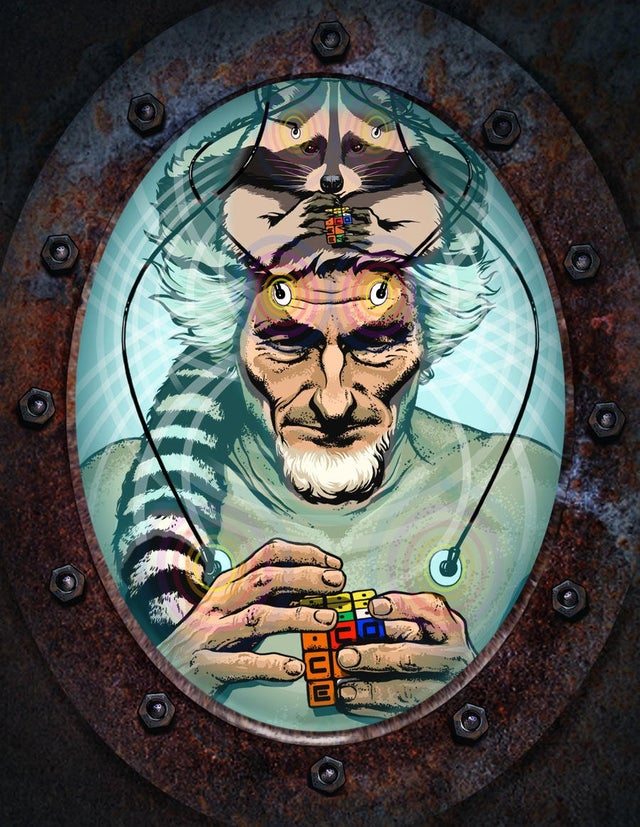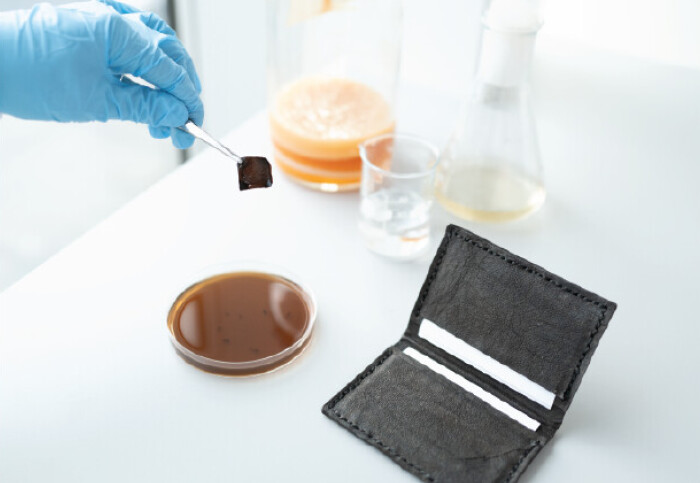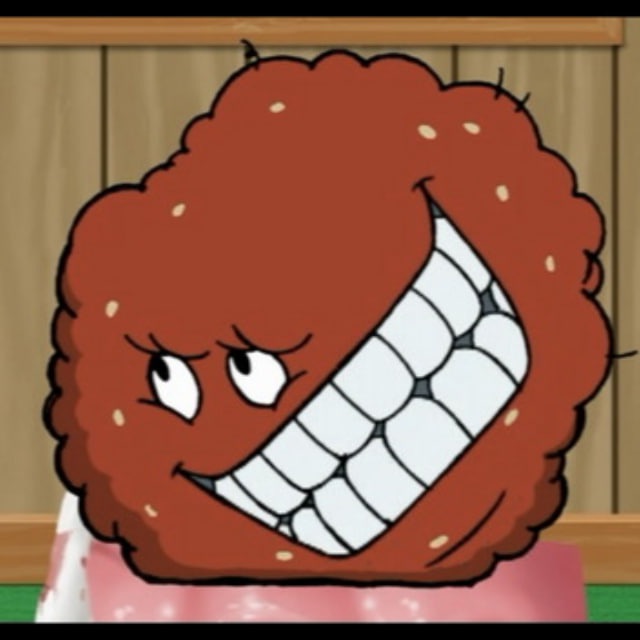- cross-posted to:
- technology@slrpnk.net
- cross-posted to:
- technology@slrpnk.net
Christ, do you understand how big this could be if anyone would let it? (they won’t)
Even a ton of “more environmentally friendly” textiles are as bad if not somehow worse than their already destructive counterparts. I ran the numbers once in an argument and a recyclable shopping bag requires a little over 70 uses just to break even with the comparable pollution it took to make it, but most people who even use them throw them out after less than 20.
God, I wish it said anything about how resilient it is as clothing in comparison to regular leather. I’ve known about the making of lab-grown ghost hearts and stuff through a similar method for a while now, but this never even occurred to me. I know next to nothing about bacteria, clearly.
Sadly, there’s still too much money in doing anything else, I’d bet. So many companies put too much effort into PR, greenwashing and general slavery to want to move over, and this would affect more industries than one.
I’m a microbiologist and immunologist with a love for helping others understand the microscopic world around them. The portion of the research paper quoted below highlights why big business should be quite interested, as they can increase their profits. This is because not only can it be grown from “waste” products, but it’s also super resilient. The biofilms it’s evolved to mimic can only be treated via excision when they form in the human body today. But there are current studies going on right now using gold coated in a specific sugar which biofilms have an affinity for, and then a laser is used to excite the gold particle resulting in heat and movement, ultimately destroying the biofilm 🤯.
“In carbon-rich media, these bacteria polymerize and secrete linear chains of glucose. These chains then self-assemble into a dense interconnected mesh of cellulose fibers. This cellulose mesh, called a pellicle, floats at the air–water interface and envelops and protects the growing cells, like a biofilm. Key to the industrial interest in bacterial cellulose (BC), it can be grown quickly, cheaply and sustainably—a BC pellicle can be grown in 7–14 days, in high yields (>10 g/L) and from waste feedstocks, such as rotten fruit juice, glycerol, and molasses. Additionally, BC has advanced material properties such as high tensile strength, high water-holding capacity and high purity. These features have led to interest in using BC in high-end acoustic devices, as a battery separator membrane, and in wound healing. The ease of growing BC has also led to BC becoming an attractive prototype biomaterial for some in design and fashion who seek to speculate on methods of sustainable textile production…We decided to engineer the biosynthesis of the dark melanin pigment, eumelanin, into K. rhaeticus [a specific bacterial species]. Eumelanin, a ubiquitous pigment found across biological kingdoms, is stable in high heat and over long time spans. Crucially, eumelanin has low water solubility, a property shared by many common dyes, such as indigo, that contributes to the color fastness of a pigment. Additionally, eumelanin also offers several other interesting properties, such as electrical conductivity, broadband light, and UV absorption and protection from ionizing radiation.”
Edit: Here’s a link to the paper if you’re curious as well https://link.springer.com/article/10.1038/s41587-024-02194-3
::sigh::
Until it actually functions like leather in terms of wear and abrasion resistance, I really wish they’d quit calling it leather. It’s cellulose, not the collagen that makes up an actual hide, and it’s very, very unlikely to share the same qualities that leather has.
I do leather work on an irregular basis (both sewing and carving/tooling), and use leather protective apparel for riding. The function, particularly the durability and longevity, is the primary reason for using leather, and until a product reaches that point, it’s not worthwhile.
BACTERIA MURDER
This product is made by bacteria though, truly they just get a safe place to live and all the nutrients they want, which sounds pretty sweet! However, every time humans take a dump after drinking a cup of coffee, bacteria are excreted from the microbiota, which results in most of the bacteria dying. That’s unless they can withstand the aerobic environment, UV radiation, nutrient scarcity, adverse temperatures, as well as desiccation. So, while this new leather alt product allows bacteria to thrive, your morning duce is where bacteria are murdered regularly regardless of your diet!
BRB sewing my asshole shut.
You’re gonna die, and they’re gonna die with you.
oh my gooooooooooooooooooooooooooooooooooooooooooooooooood
So OP needs to poop in area perfect for breeding bacteria?
Darn parliment can finally be usefull.






